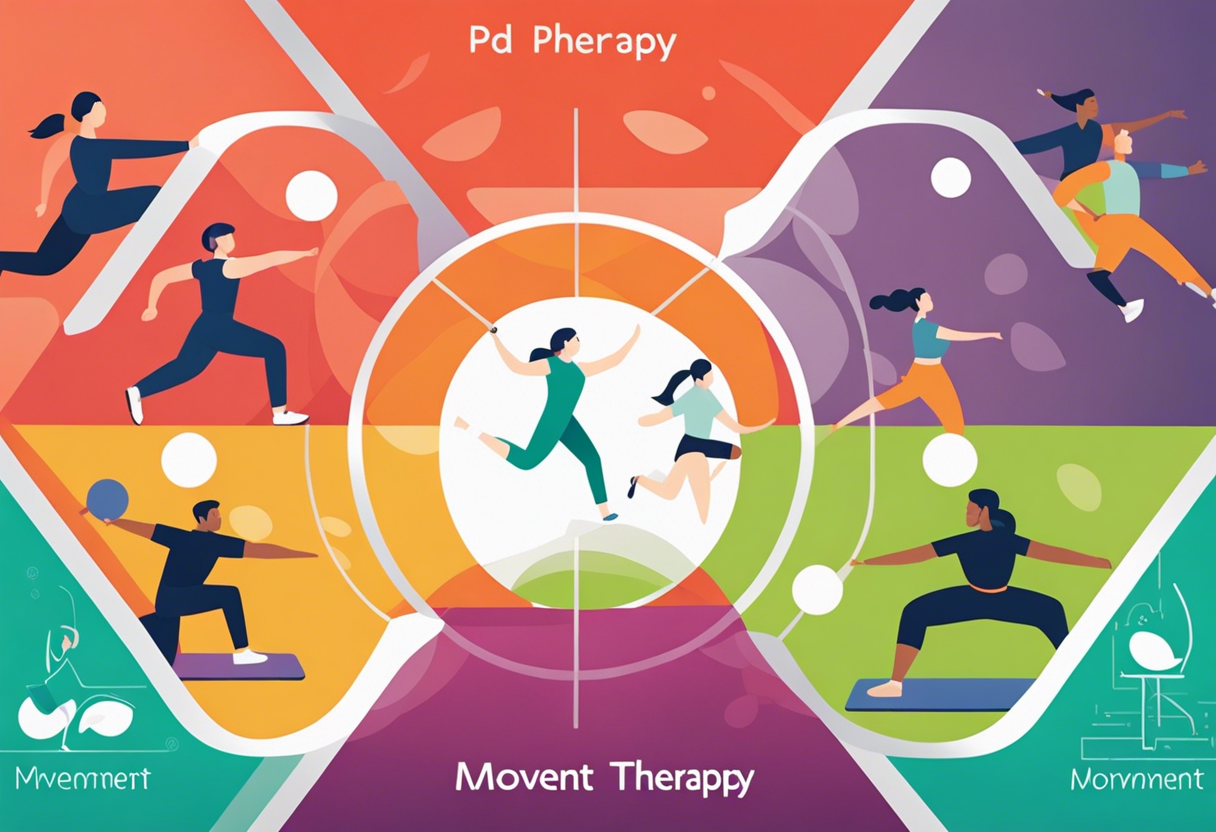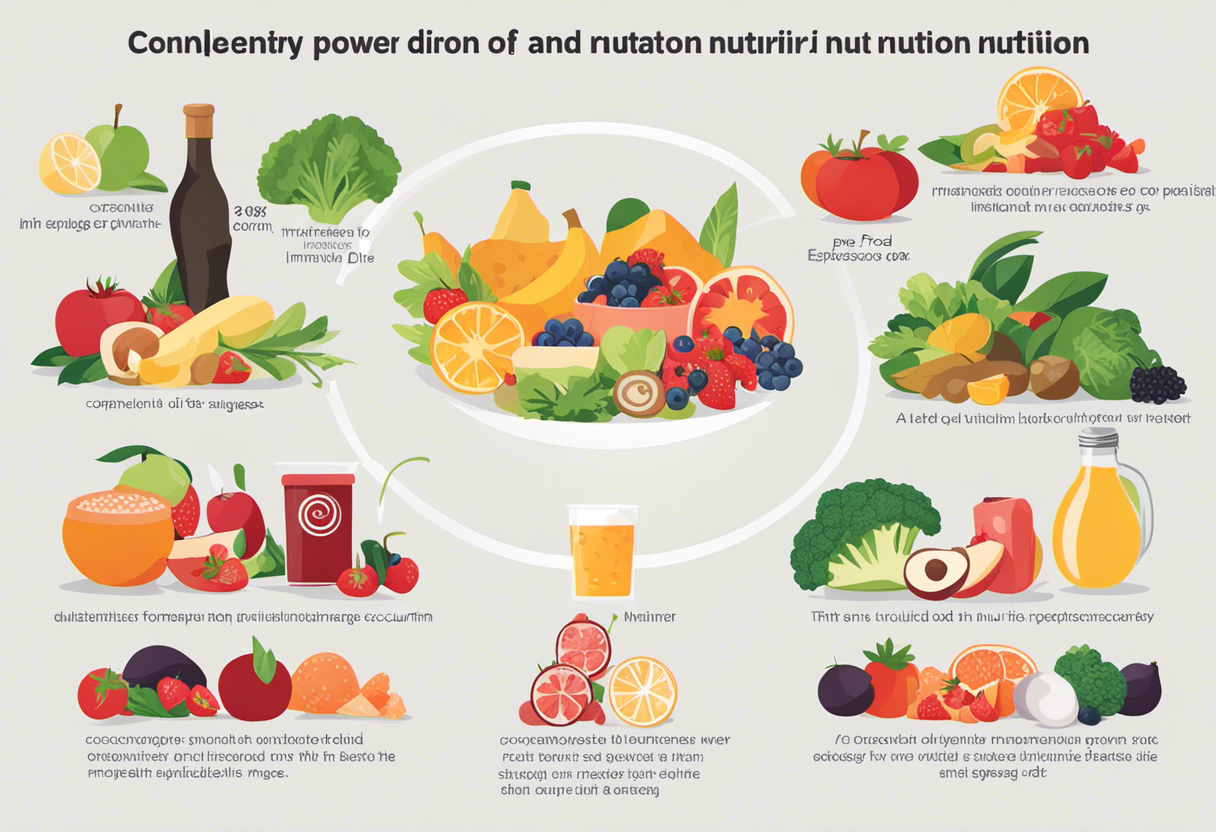Top Five Miraculous Ways to Subdue Suffering: An Insight into the World of Pain Management
It's no secret that our mental state can significantly impact our physical well-being. As such, let's delve into how mindfulness can be used as a powerful tool to subdue suffering and manage pain. Mindfulness, at its core, is about learning how to be present in the moment. By focusing on our breathing or other sensations in our body, we can reduce the intensity of our perceptions of pain.
Research has found that mindfulness exercises can activate parts of the brain that control pain, effectively reducing its severity. Additionally, mindfulness can help calibrate our response to pain, transforming it into an experience that we can accept and process instead of one that overwhelms.
Training in mindfulness doesn't just soothe physical aches; it also addresses emotional suffering. By directing our awareness to our thoughts and feelings, we can identify negative patterns and develop healthier coping mechanisms. In essence, mindfulness equips us with a mental toolkit to better manage both physical and emotional pain.
Integrating Movement Therapy

Transitioning from the realm of the mind to the body, let's explore movement therapy. This practice involves using physical activity to enhance one's mental, emotional, and physical wellbeing. Pain can often lead to decreased physical activity due to discomfort and fear of causing more harm.
However, controlled and gradual movement can be therapeutic. It increases circulation, enhances flexibility, and stimulates the release of endorphins, the body's natural painkillers. Tactics such as guided stretching, tai chi, or light yoga can help ease discomfort.
Movement therapy can also improve emotional wellbeing. Engaging in physical activity can help reduce feelings of anxiety and depression, which often accompany chronic pain. This dual-pronged approach to managing physical and emotional discomfort underscores the importance of movement therapy in subduing suffering.
Discovering Power in Nutrition

The food and drink we consume can often influence our experience of pain. An anti-inflammatory diet, rich in fruits, vegetables, whole grains, and healthy fats, could potentially reduce inflammation in the body. By these means, it can diminish pain.
While an ideal diet may vary from person to person, certain nutritional guidelines tend to hold true. Among these norms are an emphasis on hydration, maintaining balanced blood sugar, and incorporating high-fiber foods. Likewise, it can be insightful to identify and eliminate foods that might trigger inflammation or irritate the digestive system.
This emphasis on nutritional changes, complemented by a balanced diet, can be an effective strategy for managing pain. It showcases the profound influence lifestyle modifications can have on individual health outcomes.